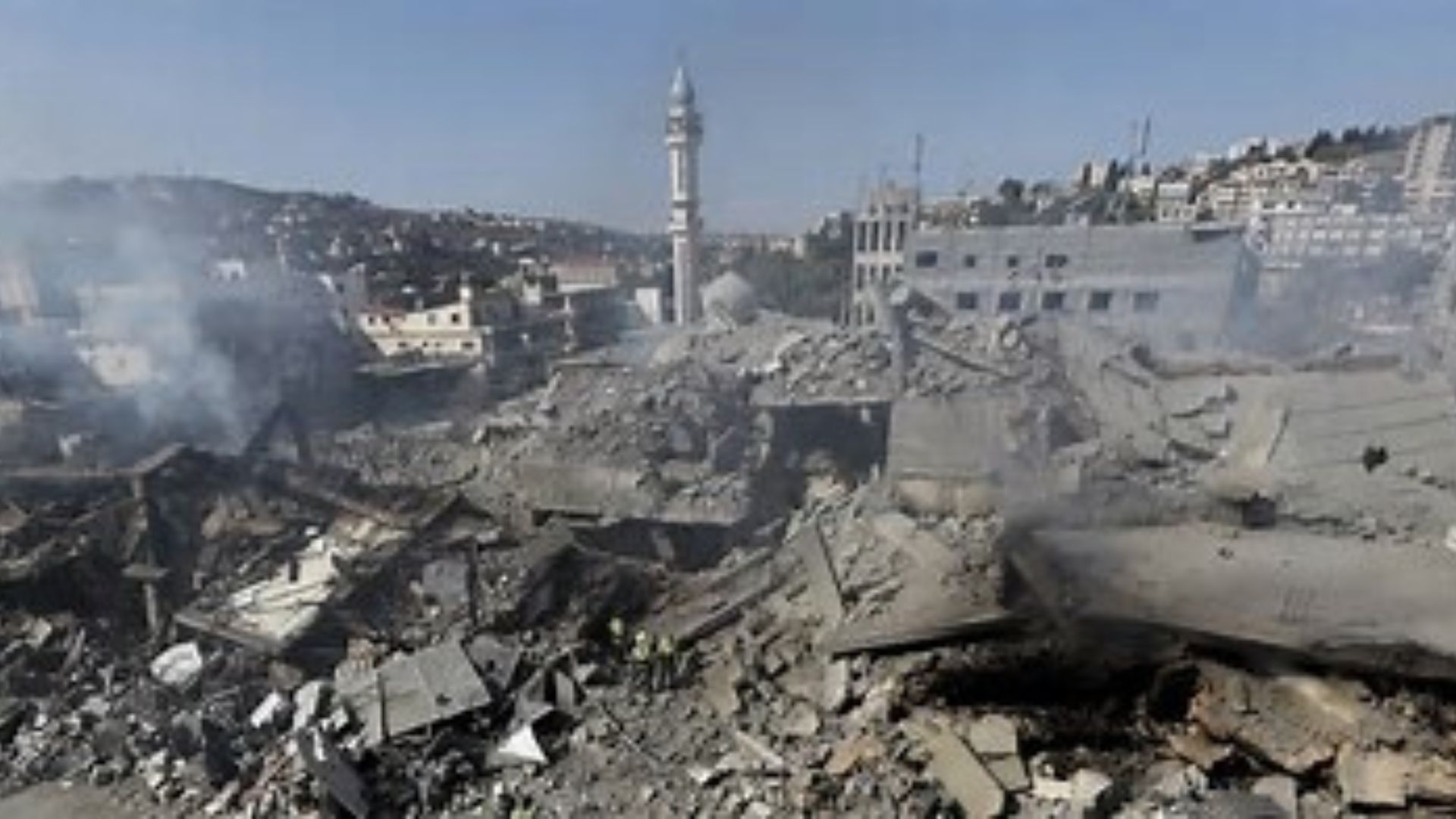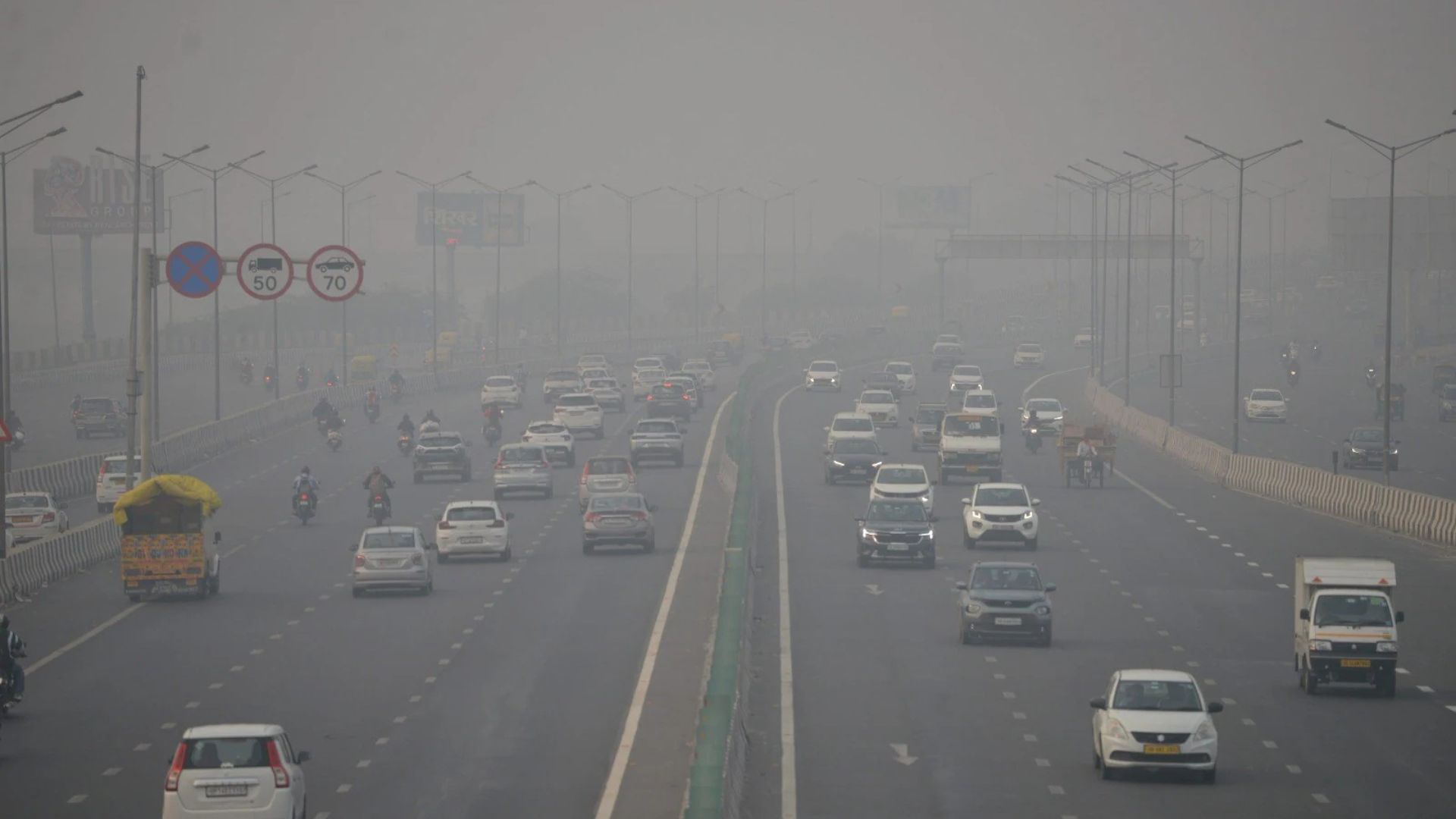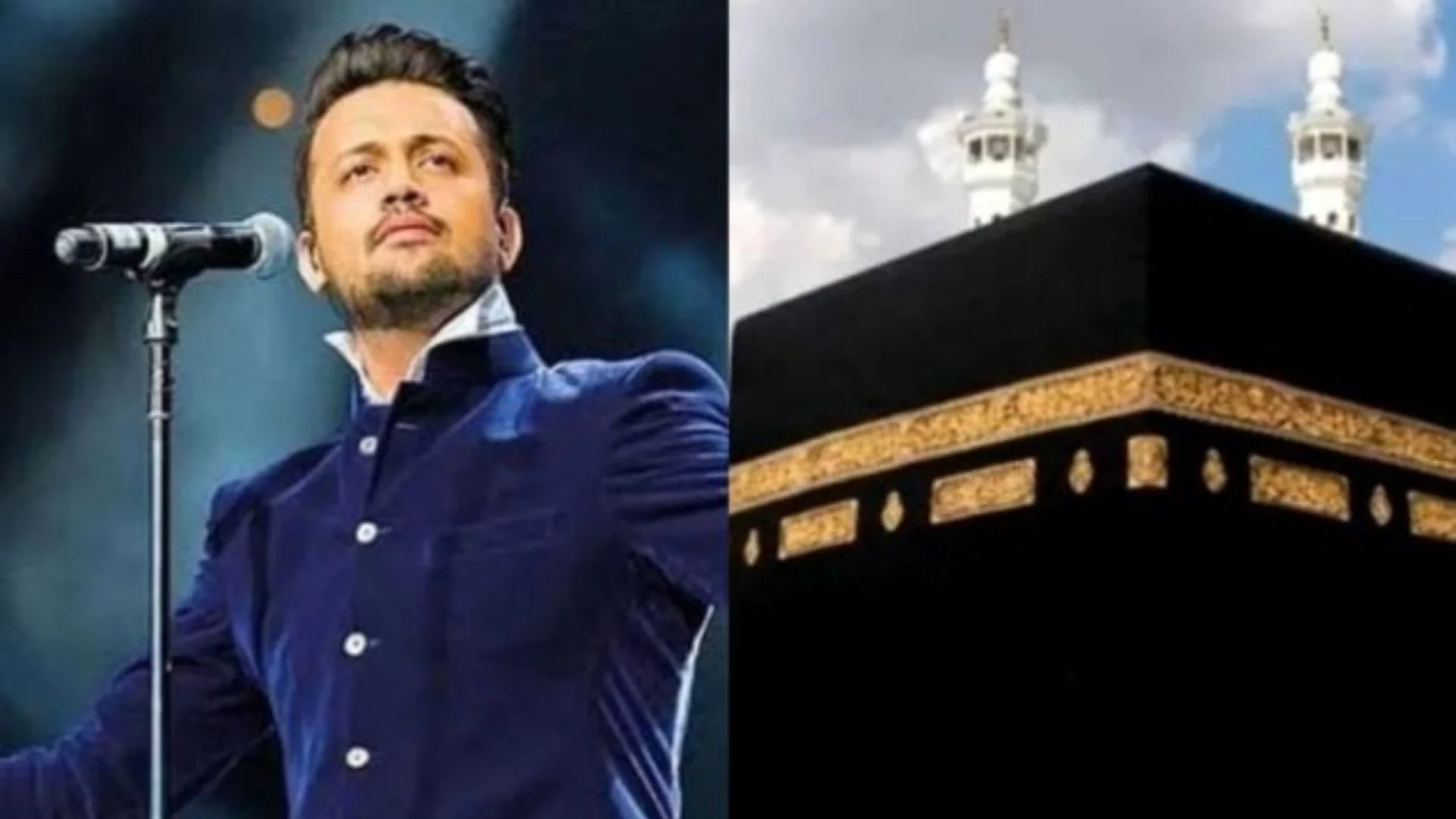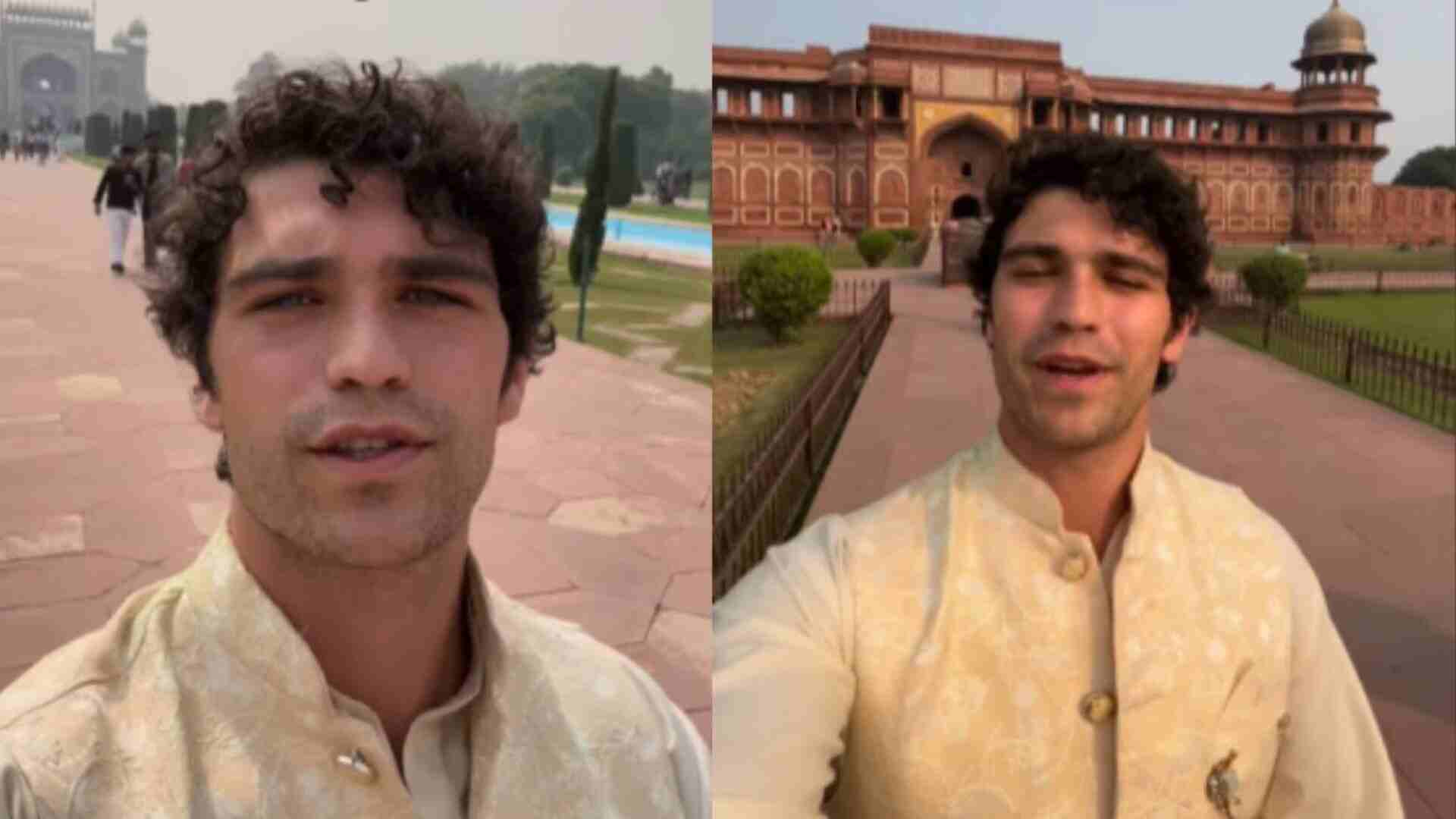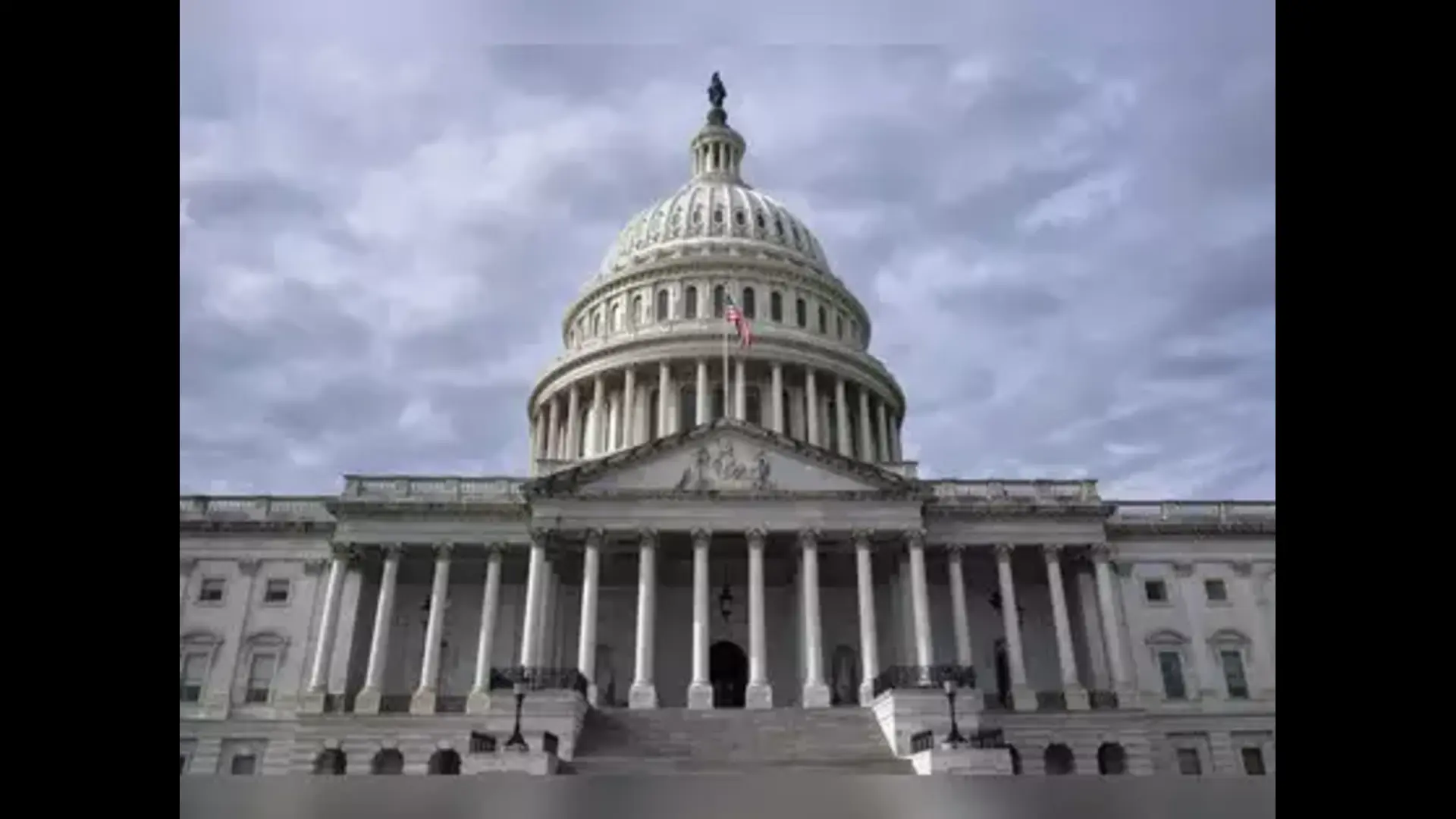
The more you know about the past, the better prepared you are for the future. —Theodore Roosevelt.
Nothing explains this better than the SinoIndian relations. If one wants to know what is happening at the Line of Actual Control (LAC) in eastern Ladakh, and why it’s happening, one just has to go back to the 1950s and the early 1960s—and it may feel like déjà vu. One may be confused whether it’s 2020 or the heady days of the 1950s, except that “Hindi-Chini, Bhai-Bhai” has now been turned into “Hindi-Chini, Bye-Bye”. But apart from that, the entire Chinese modus operandi on the Ladakh front, as seen today, would be a photocopy of the decade leading to the 1962 war—when, while the Chinese political class led by the suave and sophisticated Zhou Enlai would talk of peace and brotherhood, the military wing would be busy encroaching into Indian territories!
Interestingly, in these uncertain times, when India is not only dealing with a Chinese-origin virus but is also face-to-face with PLA soldiers at the LAC, Claude Arpi, one of the foremost authorities on China and Tibet, is out with the last of his four-volume book on the India-Tibet relations (1947- 1962), The End of an Era: India Exits Tibet.
Going through this book, and the three before it, it becomes obvious that India lost the “Roof of the World”, less due to the Chinese betrayal, and more because of the monumental failure of former Prime Minister Jawaharlal Nehru to see the writing on the wall. It was “a stab from the front”, as M.J. Akbar would write in his biography on Nehru.
Till 15 December 1950, the day Sardar Vallabhbhai Patel died, there was some sort of curb on Nehru’s ideological obsession. For, Patel could comprehend the real face of the Dragon. He had written a letter to Nehru on 7 November 1950, detailing the threats which China’s invasion of Tibet posed to India. Arpi tells us that Patel’s “prophetic” letter was actually a draft sent by Sir Girija Shankar Bajpai, an eminent civil servant and diplomat. A month after the entry of the Chinese forces in Tibet, Patel sent Bajpai’s note under his own signature to Nehru. But the then Prime Minister chose to ignore it, and instead, was guided by the likes of K.M Panikkar and V.K. Krishna Menon, who would often question the efficacy of a strong army. This mindset alone explains why, at the time of the Chinese aggression, India’s gun factories were apparently producing coffee!
But once Patel wasn’t around, there was no one to put a leash on Nehru’s esoteric internationalism, often overlapped with obsessively moralistic and ideological overtones. The then PM pushed his ‘Hindi-Chini, Bhai-Bhai’ policy with a vengeance. So much so that he approved the supply of rice for the invading PLA troops in Tibet when the latter were busy rampaging and decimating the Tibetan way of life and culture in the early 1950s. “Without Delhi’s active support, the Chinese troops would not have been able to survive in Tibet,” writes Arpi.
This “rice diplomacy” continued for over four years, till the first truck reached Lhasa from the Chinese side in the mid-1950s. One wonders what would have happened had India not sent rice. Would the PLA have consolidated its hold over Tibet so easily? Instead of confronting China over its forceful annexation of Tibet, which replaced a peaceful neighbour for India with an aggressive, imperialist one, Nehru felicitated the same by providing food for the invading troops.
Arpi, in his latest book, extensively quotes Apa B. Pant, India’s Political Officer (PO) in Lhasa in the late 1950s. Pant had left an extensive record of his stay there, saying how “with each visit, my first impressions have been confirmed that Tibet is a country forcibly, with the might of military strength, ‘occupied’ by the Chinese”. Pant noted that roads were being constructed very rapidly: “The Lhasa-Tsinghai [Qinghai] highway going to the northern parts of Tibet is nearly 35 feet wide and extremely well constructed.” Comparing his previous trip from Yatung to Gyantse a year earlier, which then took nearly eleven hours to complete 145 miles as the road was extremely bad, he wrote that “the same journey could be accomplished in less than seven hours”. The PO’s conclusion was that he had no doubt whatsoever that “before the road on our side is completed, the road on the Tibetan side would be ready”.
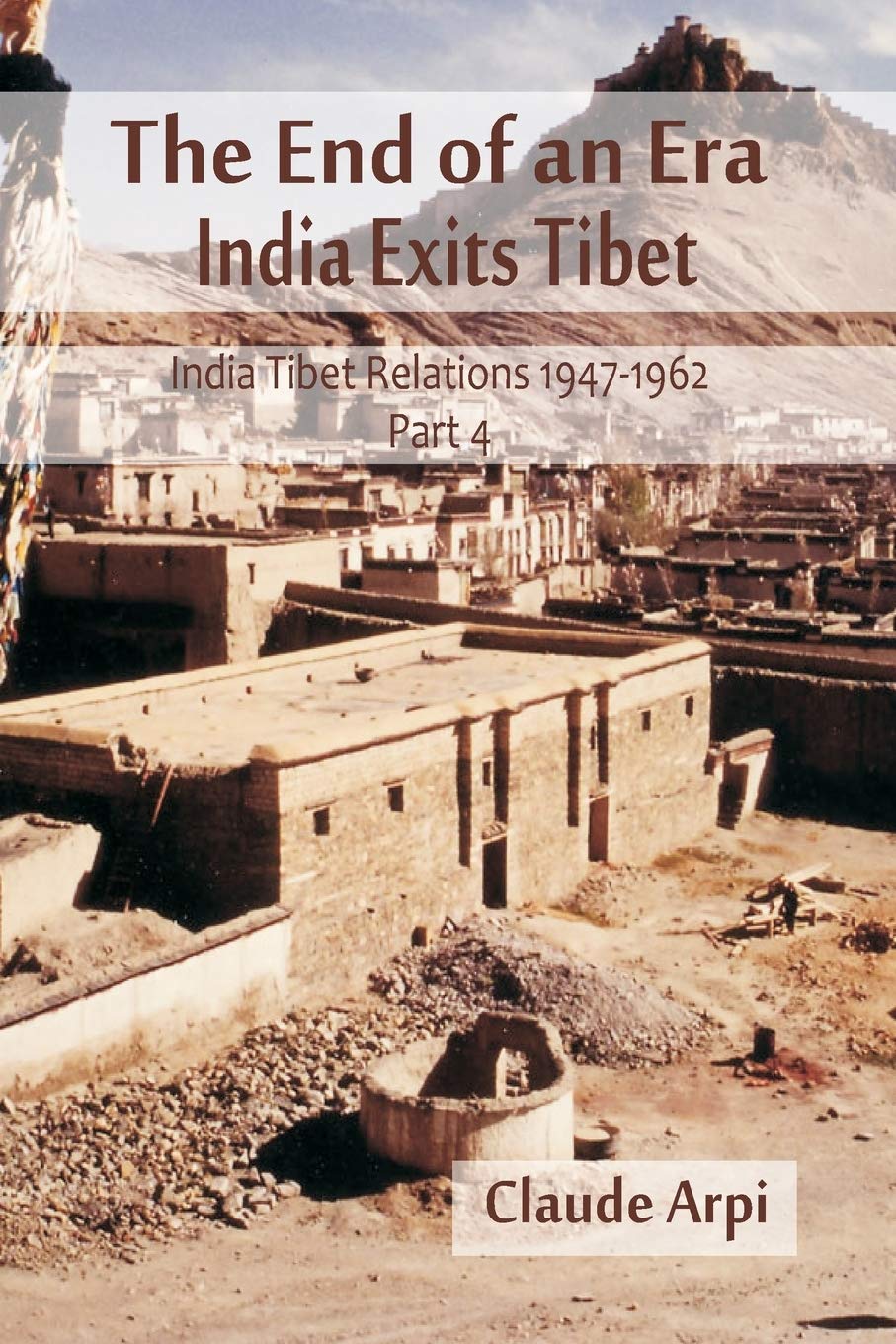
Arpi also quotes Pant to show how Tibetans looked up to India, and especially to “Chogyal Nehru” to rescue Tibet and its culture from Chinese aggression. “It is a well-known fact now that the people of Tibet consider India as the only country which can and will help their plight and the Prime Minister, [known in Tibet] as the Chogyal Nehru—Dharma Raja Nehru—would protect religion not only in Tibet but in the whole outside world.” For Pant, the hopes of the Tibetans were centred on India: “Everybody feels that a great miracle will be performed by India and Nehru.”
Sadly, it never happened, primarily because Chogyal Nehru had other plans. But as later events suggest, and as revealed by Arpi, Mao’s China used the Tibet experience to prepare for an armed assault against India in 1962. Arpi writes about a forthcoming book, Suppressing Rebellion in Tibet and the China-India Border War, by Chinese-born scholar Jianglin Li. He quotes Matthew Akester, Jianglin’s colleague who wrote a summary of his findings, as saying: “No doubt the 1962 border war was a big defeat for India. In the decades since, numerous books and articles have been published dealing with its cause, process and result… I would like to present a few historical details from Chinese sources that may have gone unnoticed. These concern the eastern sector of the conflict, on which some documentary sources are available.”
Akester quotes from Jianglin’s forthcoming book, in which she demonstrates how the PLA used the operations against “rebels” on the Tibetan plateau between 1957 and 1962 to prepare for the war with India. Though the Chinese “official” history of the war affirms that the PLA was unprepared, Jianglin Li discovered that it was not exactly the case. So, all in all, Nehru’s India provided rice to Mao’s men to prepare for a war that they would later wage on India itself!
The book also reveals how the Government of India chose to first ignore—and then hide from people as well as the Parliament—China’s intrusion into India’s Aksai Chin area, even making a road there as early as 1954- 55. In early 1958, five months after the “official” opening, Subimal Dutt, the Indian Foreign Secretary, wrote to Nehru: “There seemed little doubt that the newly constructed 1,200 kilometre road connecting Gartok in Western Tibet with Yeh [Yecheng] in Sinkiang passes through Aksai Chin.” Dutt suggested sending a reconnoitring party “in the coming spring” to find out if the road had really been built on Indian territory. The next day, Nehru agreed, but added: “I do not think it is desirable to have air reconnaissance. In fact, I do not see what good this can do us. Even a land reconnaissance will not perhaps be very helpful… I think it would be better to do this rather informally.”
So, China blatantly occupied and built a road on Indian territory, and the Prime Minister wanted to take up the issue informally! Incidentally, a year later, Nehru hid the truth in the Parliament when it first came up on 22 April 1959 during a discussion on Chinese maps displaying Indian territory as China’s. Braj Raj Singh, an MP, queried: “May I know whether the Government’s attention has been drawn to the news item published in several papers alleging that the Chinese have claimed some 30,000 sq km of our territory and they have also disputed the McMahon line?” This was clearly related to the Aksai Chin as well as the eastern sector. Nehru’s answer was misleading, to say the least: “I would suggest to Hon. Members not to pay much attention to news items emanating sometimes from Hong Kong and sometimes from other odd places. We have had no such claim directly or indirectly made on us.”
It was only in August 1959 that Nehru dropped the bombshell in the Parliament: that the ‘Tibet-Sinkiang highway’ had been built through Indian territory.
Arpi also brings up the issue of India’s superior air power in 1962 vis-à-vis China. He quotes the Dalai Lama’s memoirs, Freedom in Exile, narrating his last days in Tibet: “From Lhuntse Dzong, we passed to the small village of Jhora and from there to the Karpo pass, the last before the border. Just as we were nearing the highest point of the track we received a bad shock. Out of nowhere, an aeroplane appeared and flew directly overhead. It passed quickly—too quickly for anyone to be able to see what markings it had—but not so fast that the people on board could have missed spotting us. This was not a good sign. If it was Chinese, as it probably was, there was a good chance that they now knew where we were. With this information they could return to attack us from the air, against which we had no protection. Whatever the identity of the aircraft, it was a forceful reminder that I was not safe anywhere in Tibet. Any misgivings I had about going into exile vanished with this realisation: India was our only hope.”
The author then says that it could well have been an Indian airplane from Squadron 106, as mentioned to him by Wing Commander ‘Jaggi’ Nath. “It is worth mentioning here after meeting Wing Commander Jaggi Nath, we realised that the Indian Air Force had been extensively flying over Tibet between 1959 and 1962.” Among other things, the two-time Maha Vir Chakra awardee said: “If we had sent a few airplanes (into Tibet), we could have wiped the Chinese out… They did not believe me that there was no Chinese air force.”
Arpi further writes, “Today, it is clear that there was no PLA Air Force worth its name and that the Chinese planes did not have the capacity to fly over Southern Tibet, one can only deduce that the plane seen by the Dalai Lama and his party was a Canberra of the 106 Squadron of the Indian Air Force.”
While detailing the flight of the Dalai Lama, the author also exposes China’s claim on Arunachal Pradesh. He writes, “If Arunachal had always been ‘Chinese territory’, as Beijing pretends today, why did the PLA’s troops stationed in Lhoka and Kongpo areas of ‘Southern Tibet’ not follow the Dalai Lama when he crossed the Indian border in Khenzimane/Chuthangmu, north of Tawang on March 31, 1959. The Chinese troops should have done so, if the Tawang and Bomdila districts belonged to China! But they did not! Why? Simply, because, at that time, China did not consider NEFA, today Arunachal Pradesh, as part of its territory.”
The book ends on a tragic note with India getting humiliated in 1962. But one of the most poignant portions of the book lies here: the fate of the prisoners of war (PoWs). Very few people know that more than 3,900 PoWs faced harrowing treatment at the hands of the Chinese. Read the book to find out how our political leaders left them as cannon fodder in front of the PLA troops, and yet, those bravehearts didn’t give in.
They first fought the Chinese on the battlefront, and later, suffered unfathomable torture in their custody—but refused to give in. The End of an Era is a stark reminder of the fact that when China talks of peace, India should better prepare for war. The Dragon did the same in 1962. It is doing the same in 2020. The difference is that there’s no Nehru in India now. And it’s not the India of 1962.

